I often feel overwhelmed when trying to plan my first novel due to the vast amount of information required for the task. Keeping track of character and plot details, as well as sources and other critical information, is challenging without using planning software to link them together. I'm always looking for ways to streamline my work and usually turn to software like Milanote or Notion to help me stay organized.
My colleagues use NotebookLM for studying and other purposes, so I thought I'd check it out. It's a free Google app that integrates Gemini and other handy tools for research and summarization. I tried NotebookLM to plot my novel, and here’s how it went.
Easy to upload sources
Makes the hard part easy
Entering all my information is the part I dread the most when trying new planning software. It often takes ages to sift through all the data and manually copy and paste it into the relevant fields. I didn't experience these issues with NotebookLM because it has an import too, which I uploaded multiple Google Docs, including plans for three novels in the series, character outlines, and more, all in just a few minutes.
I'm writing historical fiction, and integrating external sources of timelines, battles, and other events is another challenge I often face. My usual solution is to add the web pages as bookmarked tabs, and I occasionally add links to other Google Docs for future reference. With NotebookLM, I added links to the historical characters and locations, and it combined them with my novel outlines. All my information was then accessible in a single list, and I could easily cross-reference between them.
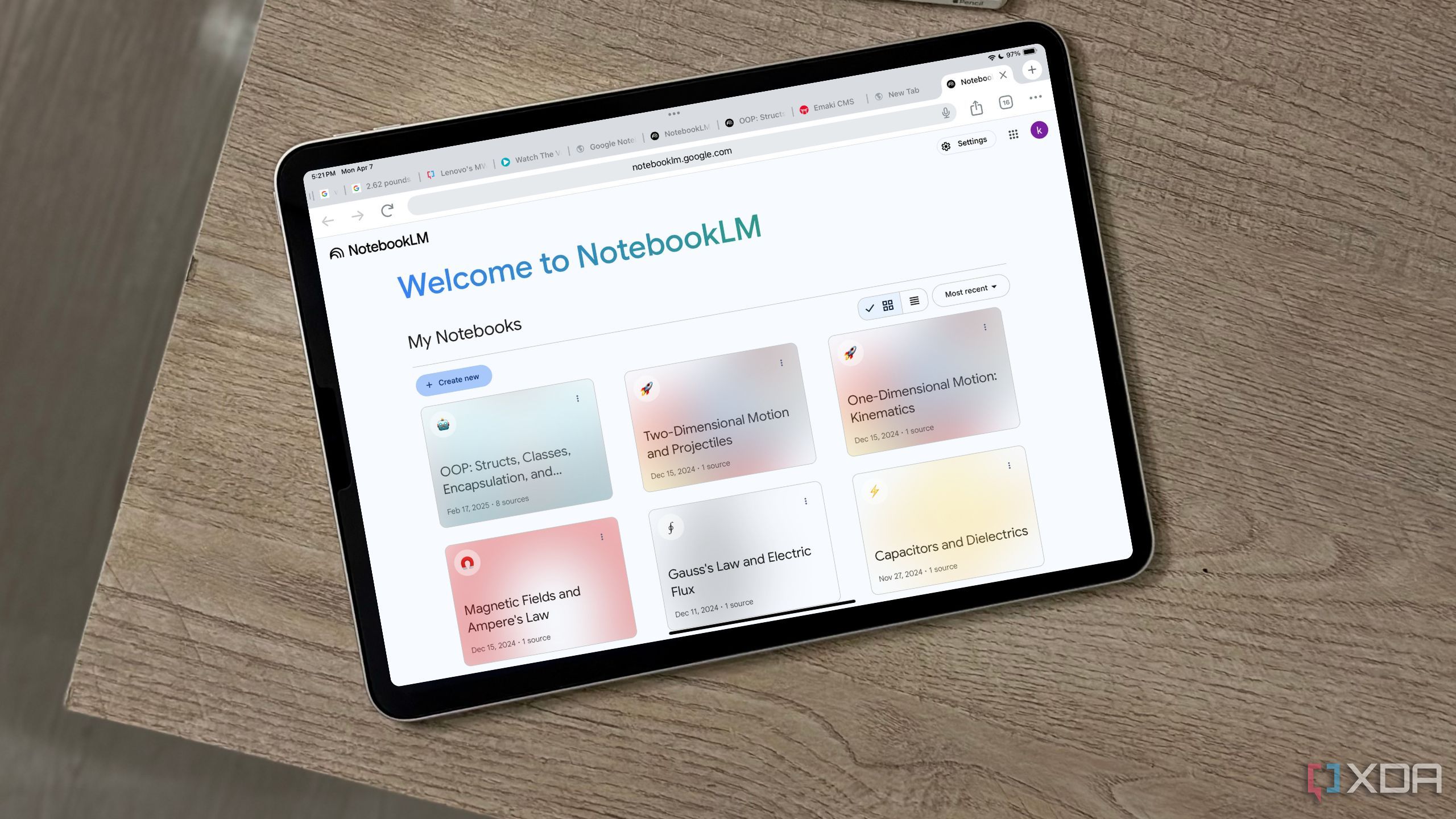
Related
4 productivity tricks I’ve learned after using NotebookLM since launch day
These simple yet powerful NotebookLM tricks have transformed my workflow.
Audio overview
Details I didn't know I needed
I was initially skeptical about the Audio Overview because I thought it would be a monotone, AI-generated voice rambling about topics irrelevant to my story. I was surprised when it turned out to be a pair of human-sounding voices discussing some of my characters and their backstories, as recounted in legends and historical documents. It was even more impressive that I could pause the audio at any time and ask the hosts questions about what they were discussing if I wanted more information.
The Audio Overview created a 20-minute deep dive into my 19 sources, including numerous webpages. Out of the twenty minutes, around 15 were relevant to my work and input. It discusses many of my main characters and highlights their real-life achievements, including the battles they fought and other events that shaped their lives. The other five minutes of the Audio Deep Dive weren't directly relevant to my story and were more generalized information about the era.
Mind map
Logically laid-out information
NotebookLM's Mind map is one of my favorite features because it automatically grabs all my sources and logically displays the information in a simple and easy-to-navigate format. The hierarchical structure uses my main story outline as a source, then separates it into three individual books, the character arcs, and the historical and mythological context of the series.
Mind Map's next level displays the individual book outlines, which open to reveal the chapter names and a summary of each. The character arcs open to display each one's name along with their relevant details and characteristics. The historical and mythological context features names of certain characters derived from history, along with their associated magic and creatures. I'm impressed by how easy it is to use this feature, as it only takes a single click to compile all my data.
Chat
Consolidates and expands my data
The Chat feature in NoteBookLM consolidates all my information on a single page and displays it in the center column for easy viewing. It includes the previously mentioned Audio Overview and Mind Map features, as well as the option to add additional notes. In my case, it provides a list of major characters and links to Wikipedia and other sites that I've used as sources of information for my story.
I appreciated being able to utilize the chat feature to develop my story and characters. It can take on the persona of each of my characters based on the descriptions I've created, allowing me to have a conversation with them. For example, my version of Robin Hood is an old guerrilla fighter who's tired of war. Notebook LM lets me get inside his head and discover his thoughts on retirement, battle tactics, and other topics. I then implemented them into my story to make him more authentic and morally gray.
Studio
Doing the heavy lifting I don't want to do
The Studio feature has a few nifty tools that add context to my plot and more character information based on the Google Docs and links I've inputted into NotebookLM. The Study guide tool created a list of prominent folklore and historical characters and added a question-and-answer section about them. I next tried the Timeline feature, which listed significant dates in Viking history in chronological order. It had some overlap with the Study Guide and created another historical character list.
Next up was the Briefing Doc, which offered similar information, but this time in a report format with longer paragraphs about each character, rather than short points. I then tried the FAQ option, which generated questions such as "Who were some of the most prominent Viking figures, and what made them notable?" and provided detailed answers in paragraphs. In the future, I'll probably use the Briefing Doc and Timeline features more than the others, as they provide the most detail.
Is it worth using NotebookLM for planning a novel?
It helped me organize pages of notes and numerous web links into a single, logically laid-out source of information. I was happy with the results, but I understand that what you put in is what you get out. I added detailed character information and in-depth chapter-based story outlines for NotebookLM to work with. Most of the information for my novel was based on legends and folklore, but the app can just as easily provide details about modern locations, vehicles, and other data you might need for yours.

.png)
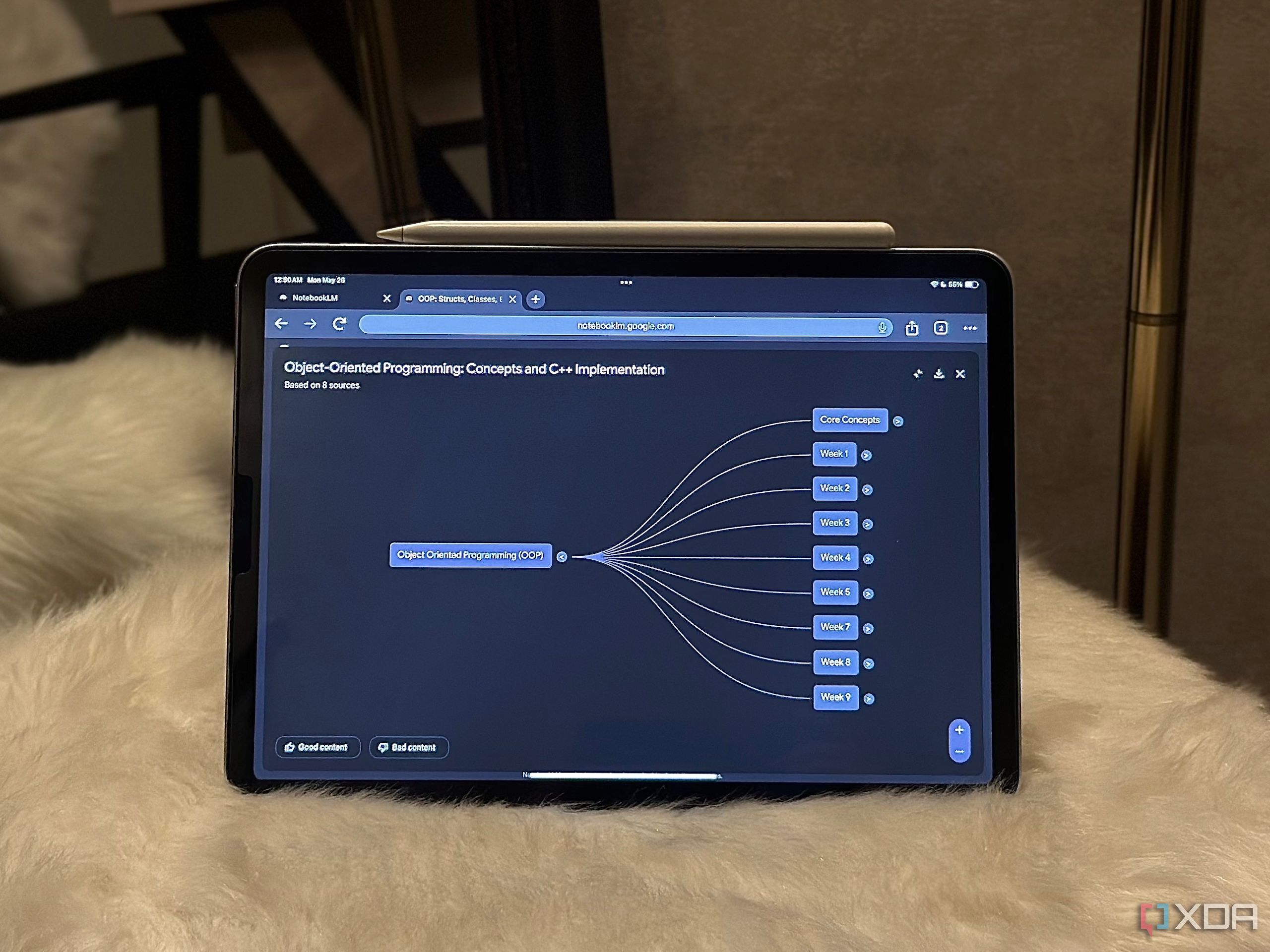
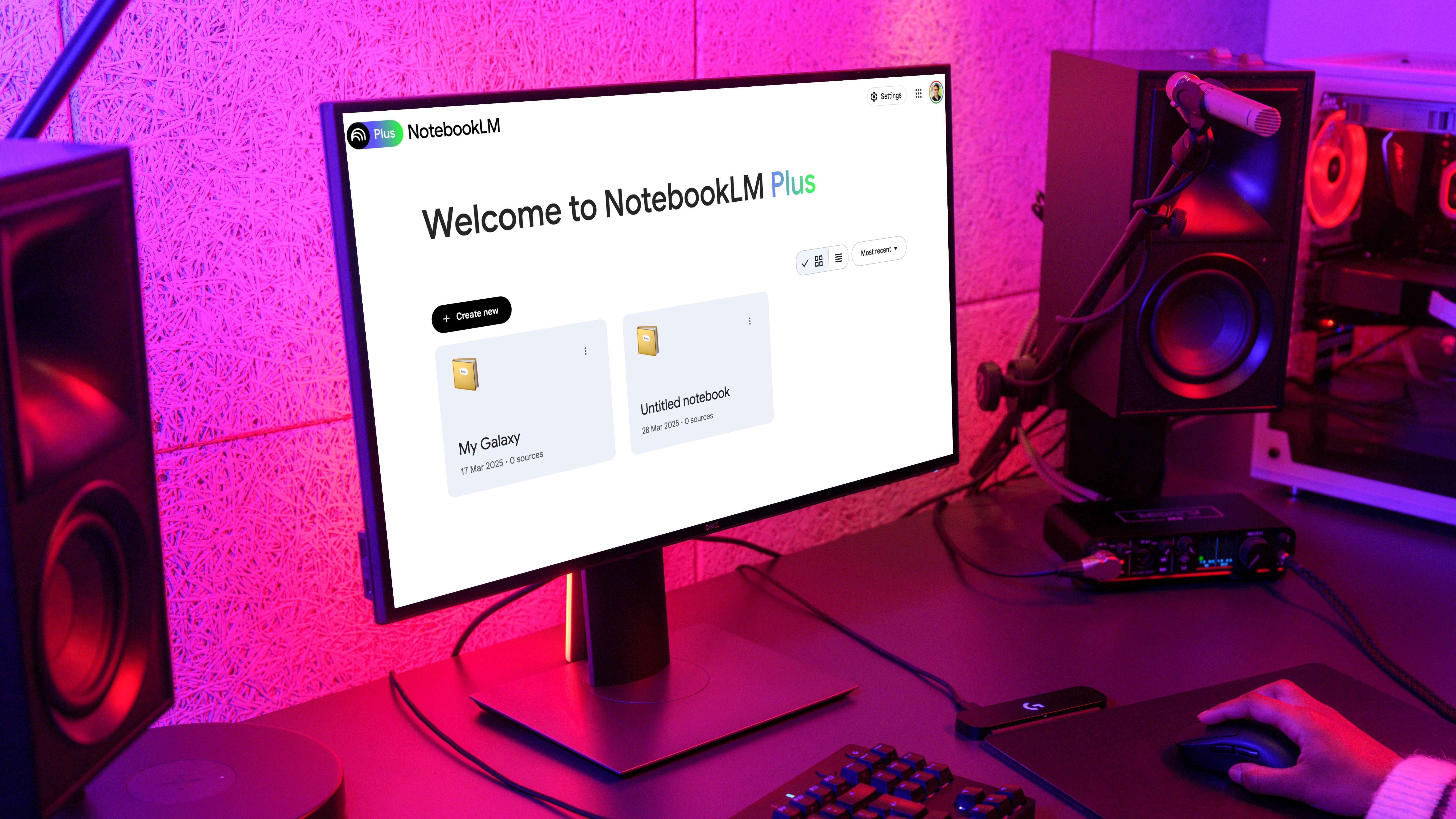
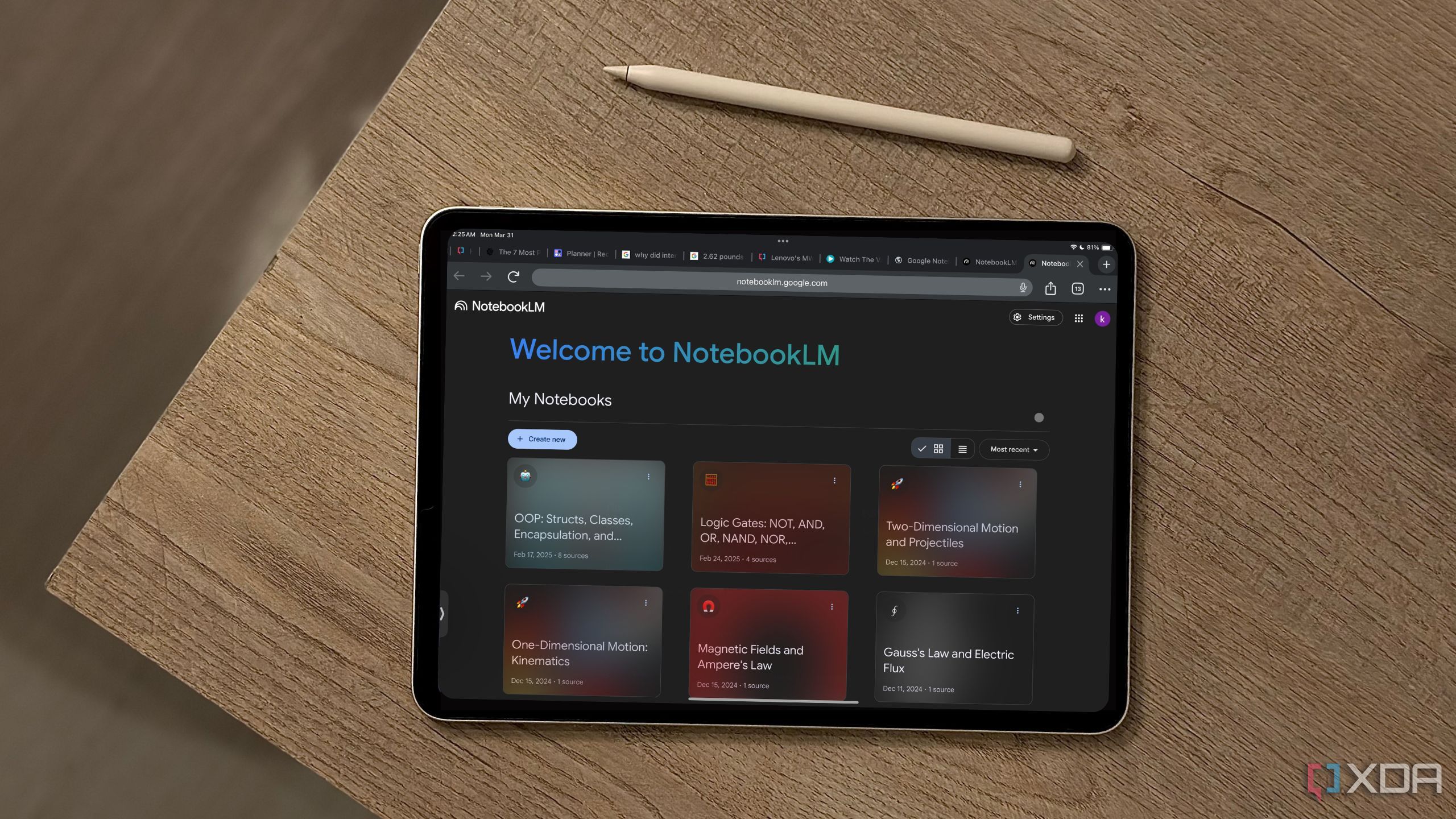
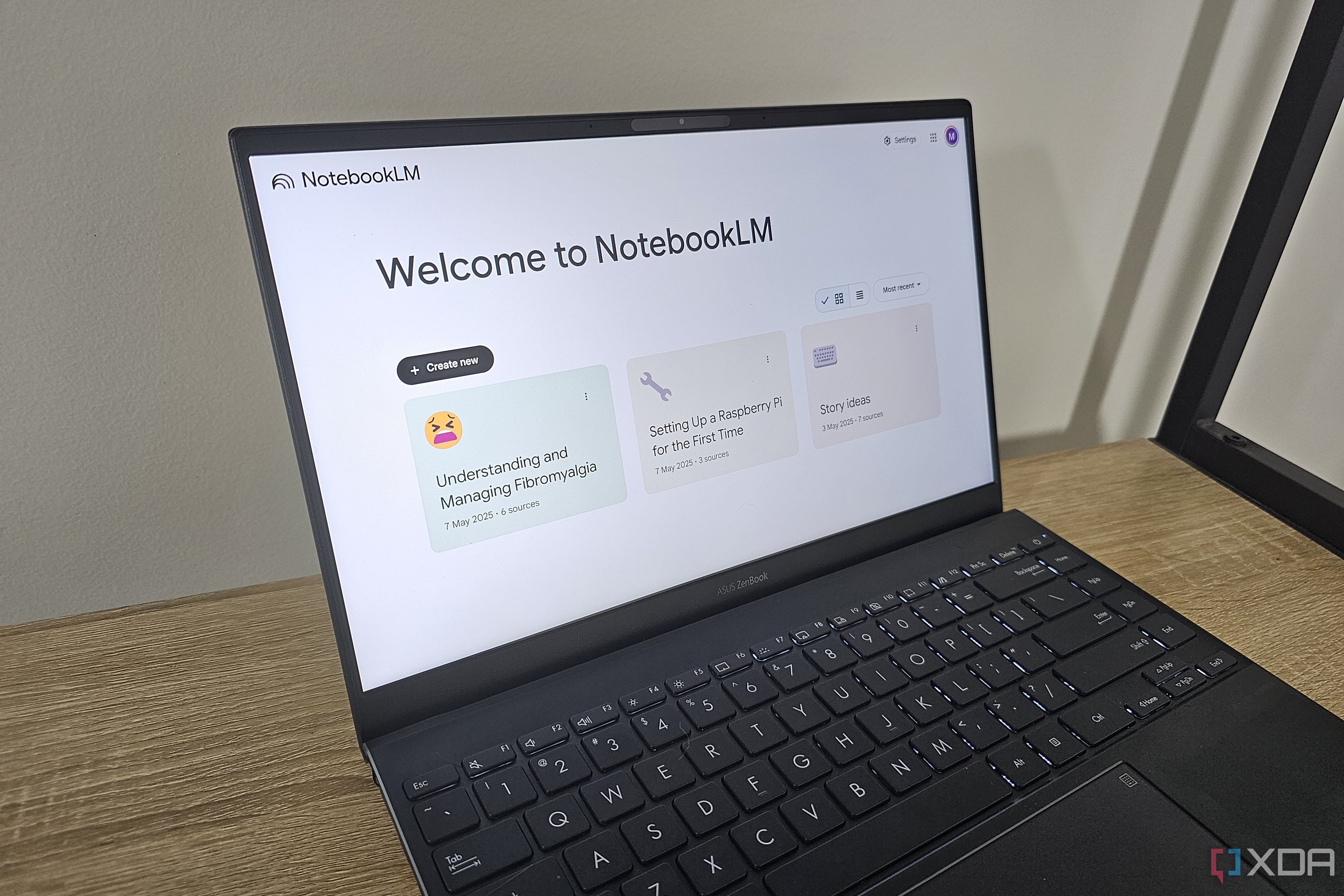











 English (US) ·
English (US) ·